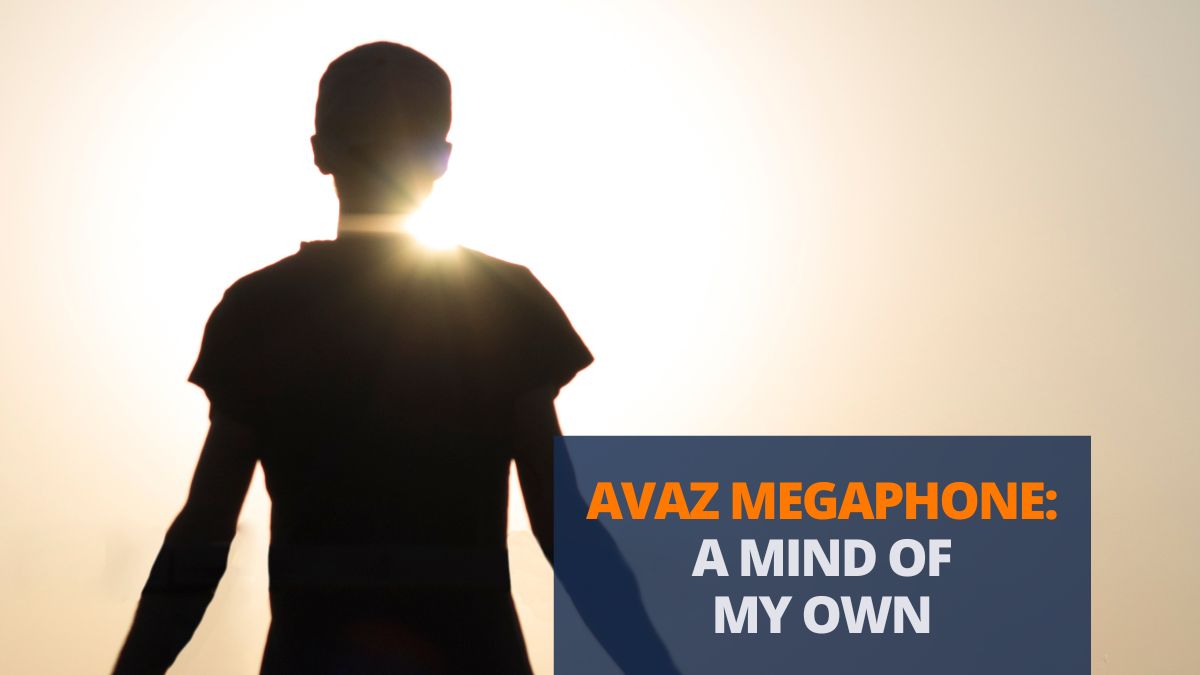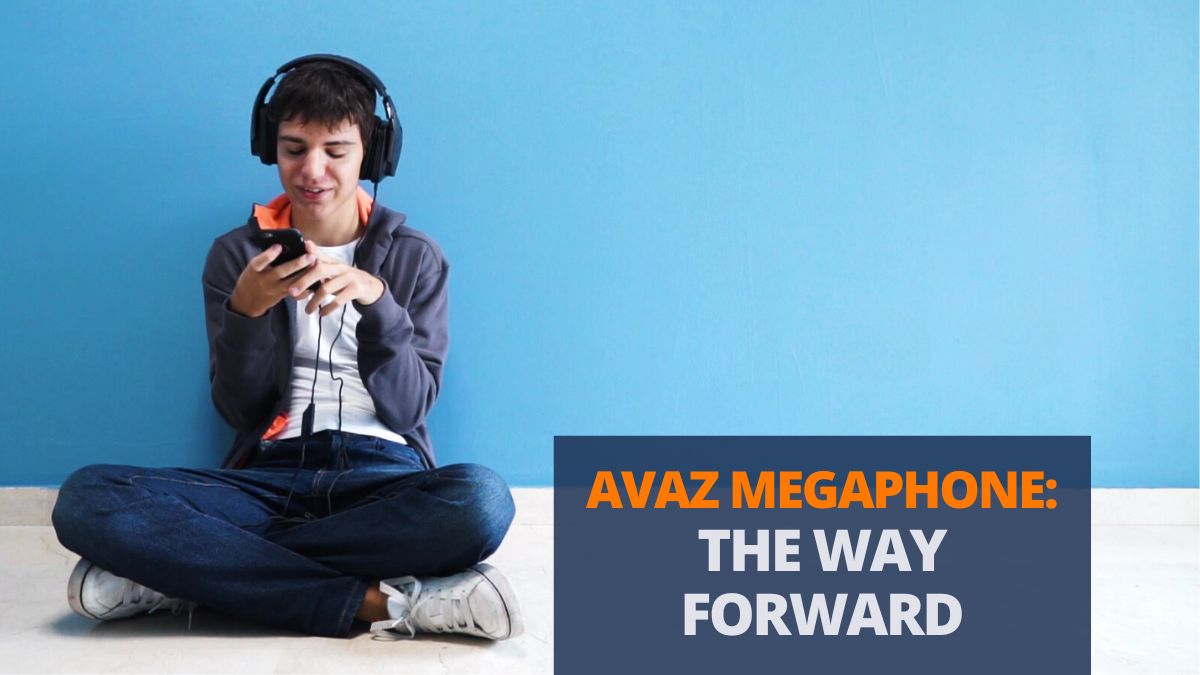I was at ISAAC 2014 in Lisbon earlier this year, and the highlight, for me, was the research symposium after the conference. This event included a hundred or more researchers in AAC from all over the world, who came together to discuss some very important cross-domain topics in the field. I had the good fortune of sitting next to Signhild Skogdal from the University of Stavanger in Norway. Signhild spoke to me very passionately about how we are always using the term ‘AAC’ to refer primarily to speech and language, whereas we should be focusing on the “C” — communication — more often. Talking to her, I came to understand a very interesting distinction between those three words we use rather carelessly while working with children with complex communication needs: speech, language, and communication.
What is speech? Speech is the common term that we use to refer to what’s known more technically as articulation. In other words, it is the process of physically expressing a sequence of sounds, which, through the process of hearing, convey a message. So, speech is definitely a physical process involving the muscles of the respiratory system and the vocal tract, or, in the case of people with speech disabilities, a speech-generating device or AAC app like Avaz.
What is language? Language is shared meaning — “an agreed-upon set of symbols that enable people to interact and communicate with each other”1. The core property of language, then, is its symbolic nature — our ability to name and remember names of objects and actions in the world around us, so that we can ‘talk’ about them with each other. The names, by themselves, are more or less arbitrary. For instance, the object which we call a door, by any other name, would still open and close. But language is a way to put these words together to create meaning. Language is either sound-based (for verbal communication) or gesture-based (like sign language); and for many people with autism (and other disorders), it could be picture-based, too.
And what about communication? Communication is a medium of interaction between people that allows them to direct the emotions and actions of others. We communicate to convey information, to get people to do things, to express approval or disapproval, and to express our needs and wants. In short, we communicate so that we are able to live socially. All social creatures must communicate with each other — whether by the grunts and roars of tigers, or by the scent trails of ants, or by messages written on Facebook by human beings.
Learn more about communicative purposes and download free resources here
So, we possess these three different abilities, language, speech, and communication, but they are so closely interlinked that it’s often difficult to know where one starts and another ends.
Communication, in my mind, represents intent — we want to change something, so the urge to communicate is born in our minds, and ‘unformed thoughts’ kickstart the process that will eventually lead to someone else hearing us. These thoughts then pass through the language centers of our brains and allow us to somehow ‘pick out’ words and put them in a sequence in order to express meaning. The psycholinguistics disciple studies this process, and the pathways that convert thought into sentences are still so mysterious that they are referred to as ‘underground processes.’ And finally, the sentence (or partial sentence) is converted into a ‘motor plan,’ a series of coordinated muscle movements using the lungs, vocal cords, and mouth, which results in articulated speech.
“If we withhold the training to develop language from someone who has not yet developed speech, we are, in our ignorance, magnifying a disability. Instead of building bridges, we are widening chasms; and by withholding communication, we are withholding inclusion.”
When we talk about complex communication needs, we are talking about a person who needs help with any of the above processes — but not necessarily all of them. For a child with cerebral palsy and high cognitive function, the abilities to communicate and construct language may be unimpaired; it is only articulation that he or she may have difficulties with — and access — in the form of a communication board, eye-gaze technology, or switch access to a computer — will often provide a way to construct speech artificially.
For a child with autism, there was a long-held belief that language was the root of the impairment (though this view may be changing2). Unlike typical children, who are able to teach themselves to speak based on language that they hear around them from birth to age two, non-verbal children with autism and Specific Language Impairment (SLI) are often unable to generalize vocabulary and language from receptive language. Many people believe this is because children with autism “think in pictures” (also the name of Temple Grandin’s famous book about autism). That’s why a communication system like Avaz needs more than just picture-words to replace language — it’s a structured arrangement of words in hierarchies that allow a fluent user’s brain to develop the underground processes that create language out of thoughts, without even consciously thinking about it.
And what about communication? For many children with autism, and also for others with intellectual disabilities, the social element of life can be complicated and confusing — and this can often manifest itself as a lack of intent to communicate. The ability to achieve something by expressing language is sometimes called the pragmatic ability, and some of the most effective language systems for children with complex communication needs are based on a combination of communication and language. For example, PODD, in which vocabulary is organized in a pragmatic hierarchy rather than a linguistic one, thereby substantially reducing the cognitive communication burden on a child with complex needs.
I believe that as creators of Assistive Technology, we have the responsibility to make sure that a specific impairment in speech / language / communication does not have a snowball effect and become a disability across all three domains. If we withhold the training to develop language from someone who has not yet developed speech, we are, in our ignorance, magnifying a disability. Instead of building bridges, we are widening chasms; and by withholding communication, we are withholding inclusion.
The biggest myth in speech and language therapy is to hold back an AAC intervention from a child in the hope that that child will speak. That is a disaster because we are converting a speech disability into a language and communication disability and that’s what Signhild spoke to me so passionately about.
Download a free trial version of Avaz AAC here for iOS | Android.
1. L Burkhart, “Multi-Modal Communication and Learning Strategies for Children with Significant Challenges and Complex Communication Needs”, January 2013
2. Taylor LJ1, Maybery MT, Grayndler L, Whitehouse AJ. “Evidence for distinct cognitive profiles in autism spectrum disorders and specific language impairment”, J Autism Dev Disord. 2014 Jan



